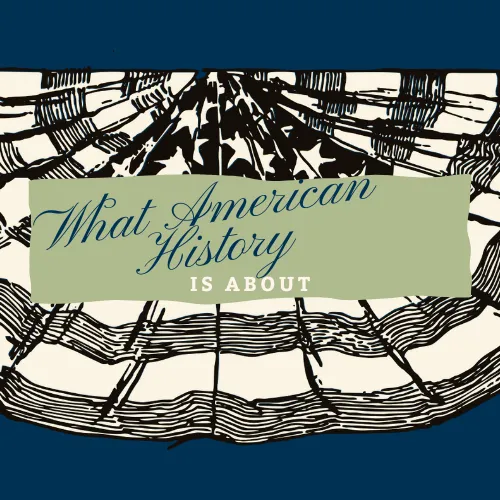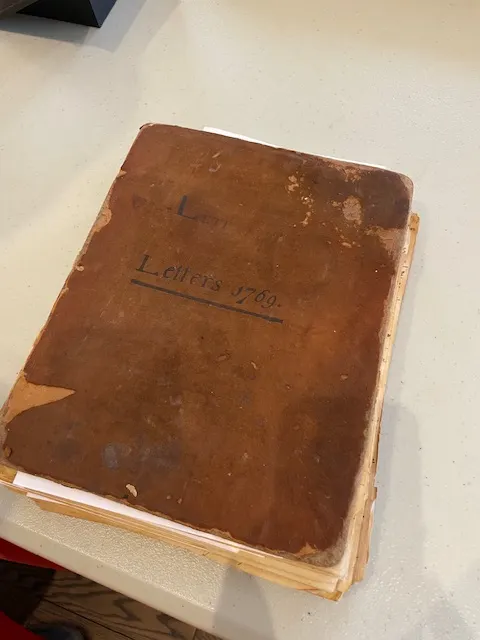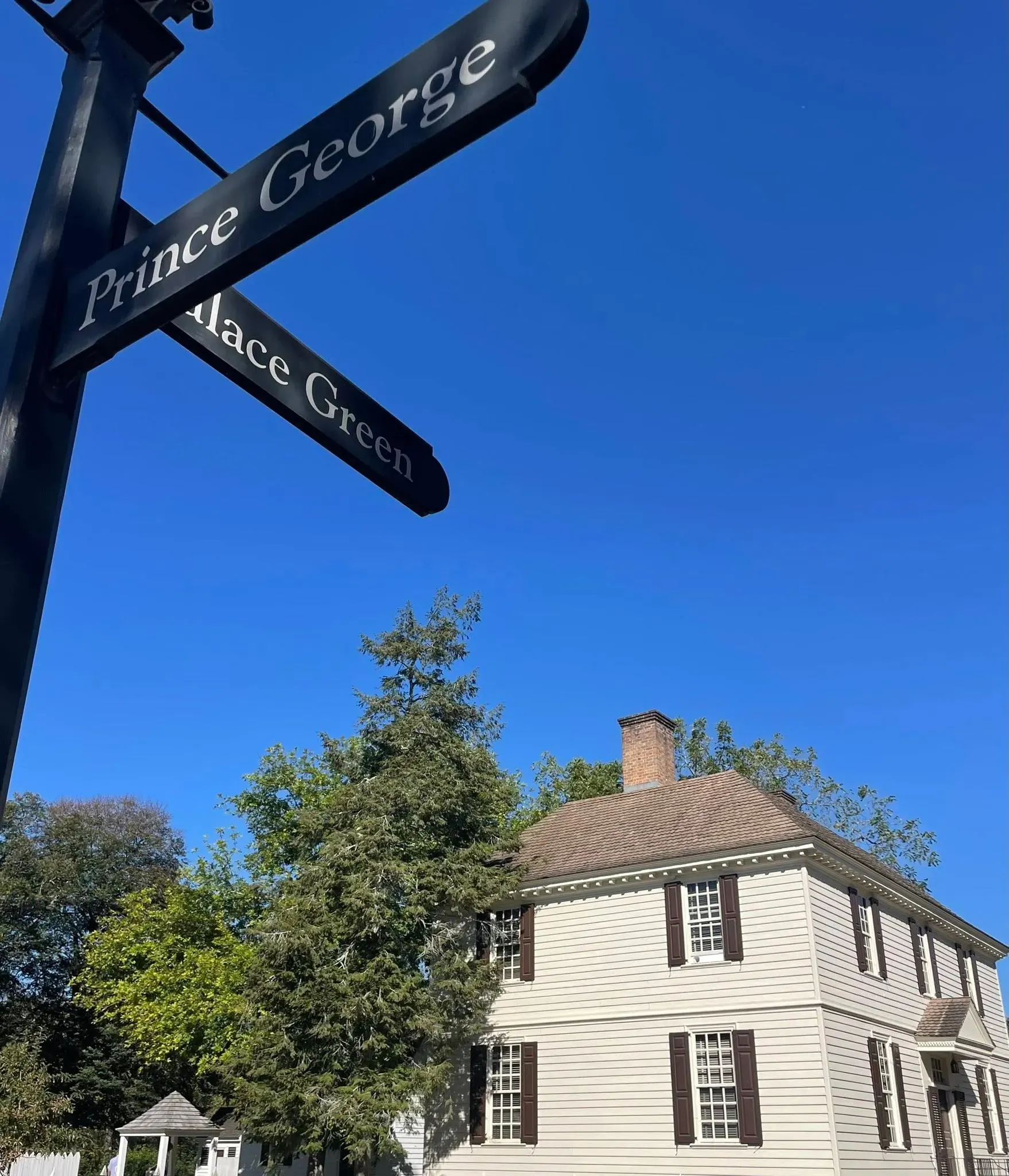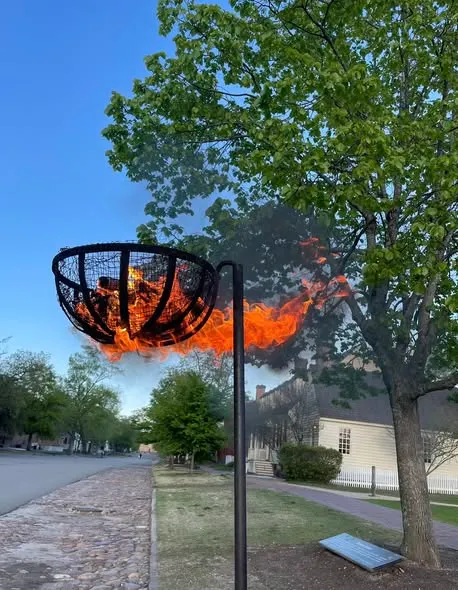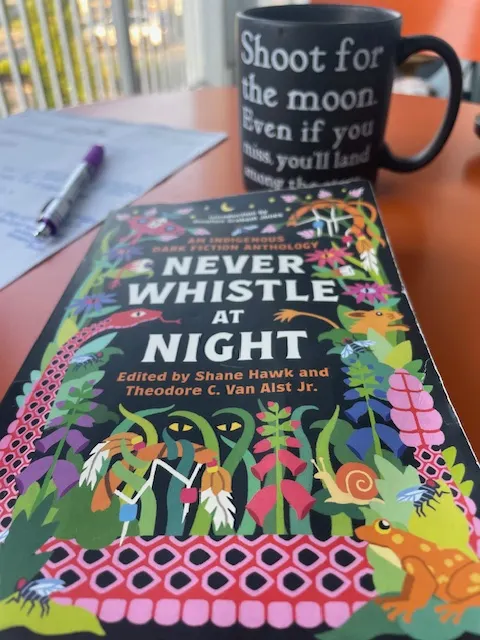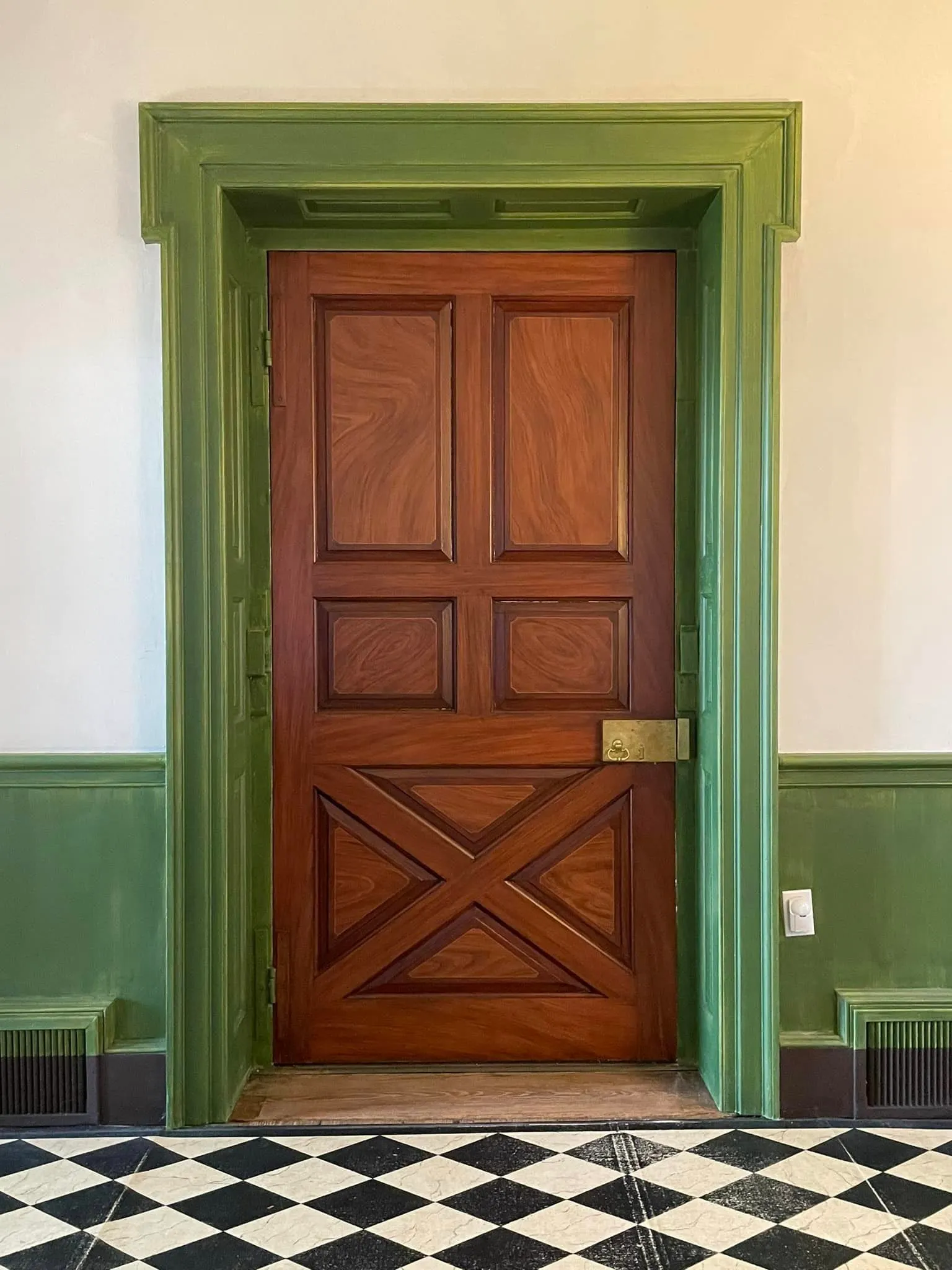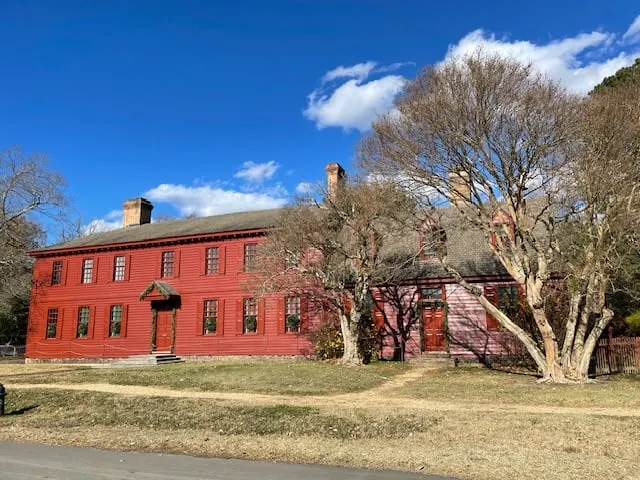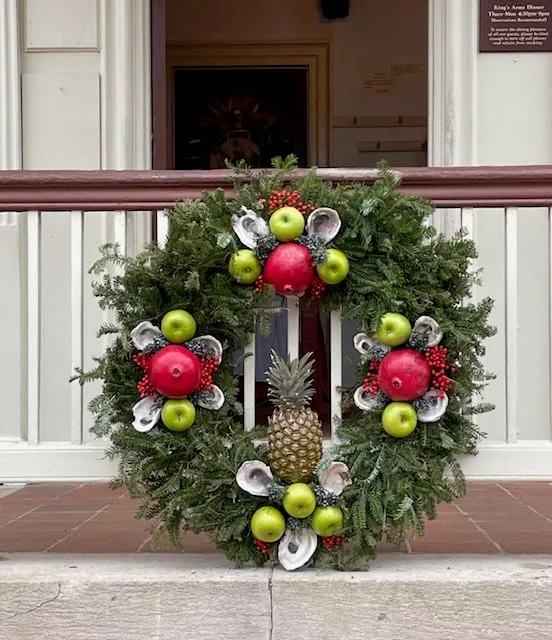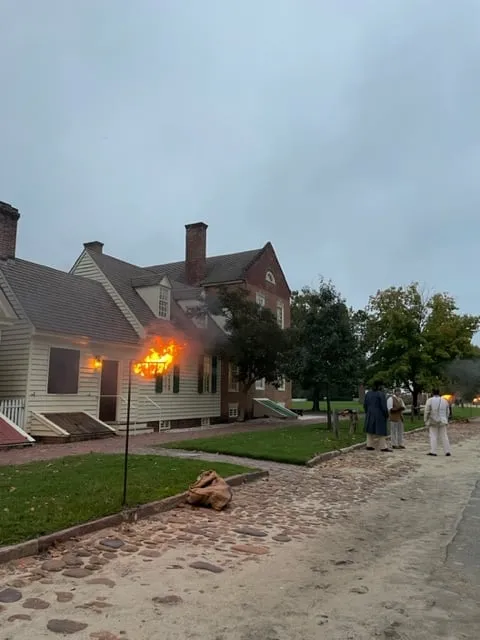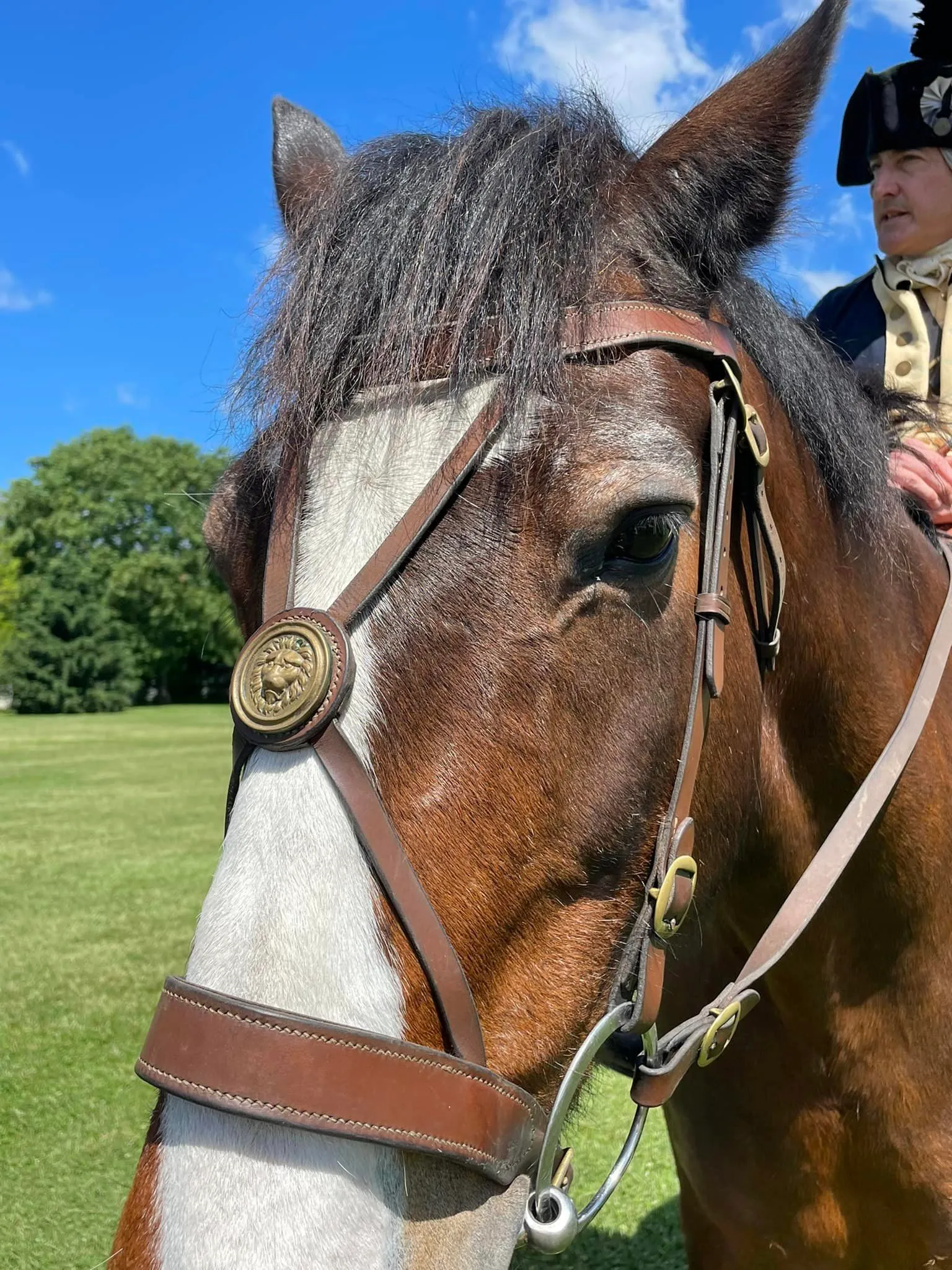An 18th Century Mace: the Silversmiths' Project for Celebrating 2026
2026 is a big year in our United States of America.
In my opinion, Colonial Williamsburg (CW) truly is ground zero for our nation's 250th birthday - and I feel blessed to live here and share "all the things" with those of you who may not be able to visit. Because if you're here on this blog, I know 2026 is of interest to you.
In CW, the preparation for celebrating 2026 is practically a celebration in itself. We attended an amazing re-enactment of the May 1774 dissolution of Virginia's government (click here to read about it), which was a stepping stone into the birth of our nation.
Everything in CW is connected. The projects happening around town, town being what's currently the largest living history museum in the world, exemplify connectivity. Today, let's dive into the connection with 18th century silversmithing.
Necessary disclaimer: As a blogger, I use affiliate links sometimes! I may receive commission from purchases I share; it does not change your price but sometimes you might get a discount.
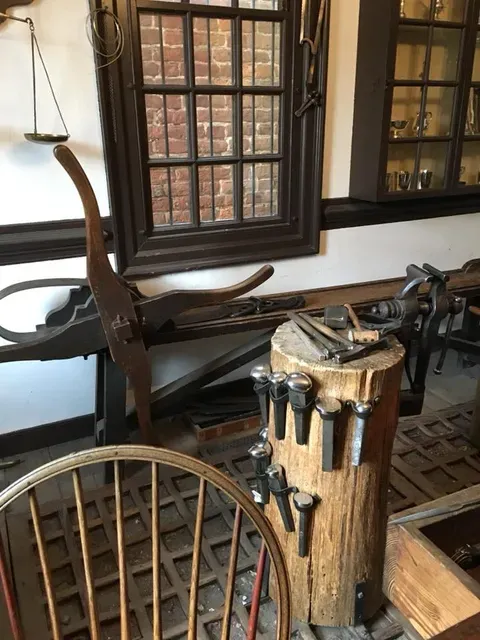
Inside view, CW silversmith's shop
The Silversmiths' project.
George Cloyed is our Master Silversmith and if you haven't met him yet, click here to learn how a 4th grade trip to CW brought him to trade preservation and today's post about an 18th century mace.
When we walked into the shop yesterday, Mr. Cloyed was alone, hammering silver down into what will be silver wire. I asked what he was working on and the story of the mace was his reply.
As part of celebrating 2026, the silversmiths are creating a reproduction of an 18th century mace, approximately 4 feet long.
Notes on the mace:
- Maces were used to begin and end a legislative session. They were laid out to represent the King's presence during the colonial era. Today, they are still used by some governments to symbolize being "in session." Mr. Cloyed told us about the mace used in South Carolina today that "lights up" the dais to open session (if you've seen this, send me a photo!).
- The mace in CW's collection is not fully original. Mr. Cloyed and his team are using the original parts as a reference. Overall, they're using an 18th original from South Carolina as the model and inspiration.
- Why the South Carolina mace? The choice, according to Mr. Cloyed honors the female silversmith in London that crafted it. There are three females in the CW shop working as journeymen and apprentices. Since it was so rare in the 18th century, they decided to honor one done by a woman. Our silversmiths have a piece by a London silversmith named Dorothy Mills.
- The mace is due in October of 2026. Yes, for tradesmen here doing it in the original manner, and while greeting the public daily to interpret the past and talk about silversmithing, it will take a long time to complete this detailed project.
- Decorative elements on the mace will include the silver thread "wrap" similar to the goblet in the photo below and intricate design that will be done AFTER the object is made round. Intense since the silver will not be laying flat. They truly are artisans around here!
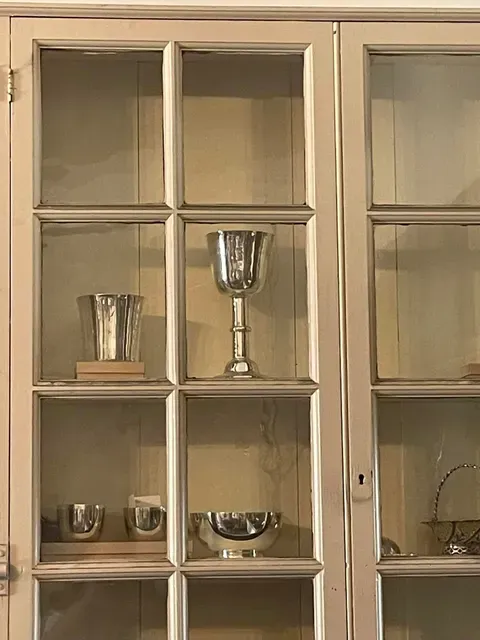
Silver goblet, CW silversmith's shop.
More learnings from the CW Silversmith's shop.
I've lived in CW a few years now- here's a small compilation of other fantastic learnings about daily life and American history, since we're talking about the Silversmith, why not?
Silver from the Spanish.
A lot of the silver mining was happening in Mexico and south America, by the Spanish. As we've learned from multiple people and places in CW, the trades weren’t allowed to purchase raw materials in the colonies.
As far as the silversmith specifically, their work was based on recycling customers’ silver into the latest styles or new items completely. We've also learned from the gunsmiths that brass on rifles was acquired the same way: by recycling customers' brass objects purchased from England.
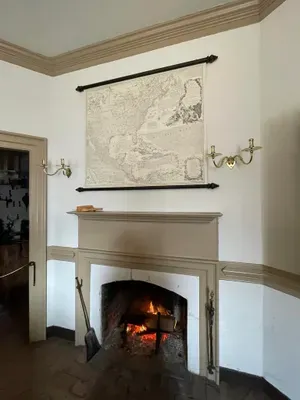
Map in CW silversmith's shop.
How a dollar is divided up.
Below you can see a Spanish dollar, cut into a half dollar a quarter and a bit. Since coins were based on the weight of silver they were pretty interchangeable but - depends on the make-up if the coin’s value was converted.
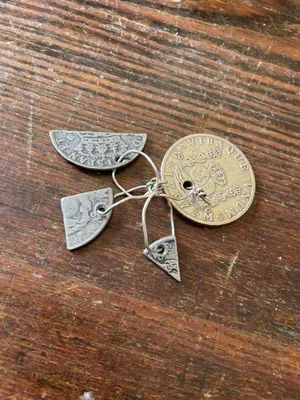
Photo taken at silversmith's shop, CW
Ann Wager's relative had a ladle survive.
Remember how I said everything is connected in CW? The silversmiths are making a ladle replicated from collection piece which belonged to the Prentis family. It's small but likely used for punch. Ann Wager, the teacher of the Bray School, was a Prentis relation; thus, this is being made for the Bray School project.
Click here to learn about Ann Wager and the Bray School. (and if you visit there's currently a Bray School Community tour on the events calendar most days of the week!)
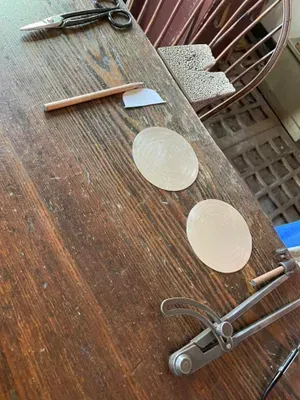
The Ann Wager ladle in process, May 2024
Silver objects from the 18th century aren't common.
Why? According to discussions we've had with our silversmiths, silver was often melted down. Unless there was a strong sentimental value, it was money - and also - why wouldn't you want the latest style of spoon, bowl, or teapot? By bringing it to a silversmith, you can get it re-created into the latest fashion!
Do you have a surviving early American silver piece? I'd love to hear the story! Comment below or subscribe and connect with me on email!
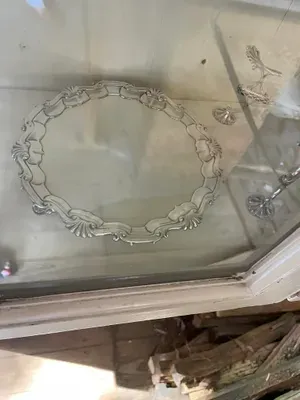
Dorothy Mills original, CW silversmith's shop
RELATED: Want to peek into the world 18th century silversmithing? Check out this video by Colonial Williamsburg on YouTube by clicking here.
Closing it out with words from history.
A true gem. One of the most famous silversmiths in American history- Paul Revere- asking President Washington for employment in 1791. They clearly haven't met, so he provides references, 18th century style! Click here to see the letter on our National Archives' website, including notes and citations.
To George Washington from Paul Revere, 5 February 1791
From Paul Revere
Boston 5 Feby 1791
Sir
Without troubling your Excellency with a detail of circumstances, which induce me to wish for some employment, under the general Government, I beg leave to offer my self as a candidate for any office in the proposed sistem of Excise, which I may be qualified to fill. As I can not claim the honor of such a personal aquaintance with your Excellency, as will furnish you with sufficient information of my character, I beg leave (should you ever think the subject so far worthy your attention, as to enquire) to refer you to Genl Knox, Genl Lincoln, Mr Ames or Mr Gerrey. I am Sir with all possible respect, your Excellencys obednt humb. Servt
Paul Revere
Are you enjoying the blog? Use my online tip jar and buy me a coffee:
There is a huge practical disclaimer to the content on this blog, which is my way of sharing my excitement and basically journaling online.
1) I am not a historian nor an expert. I will let you know I’m relaying the information as I understand and interpret it. The employees of Colonial Williamsburg base their presentations, work, and responses on historical documents and mainly primary sources.
2) I will update for accuracy as history is constant learning. If you have a question about accuracy, please ask me! I will get the answer from the best source I can find.
3) Photo credit to me, Daphne Reznik, for all photos in this post, unless otherwise credited! All photos are personal photos taken in public access locations or with specific permission
